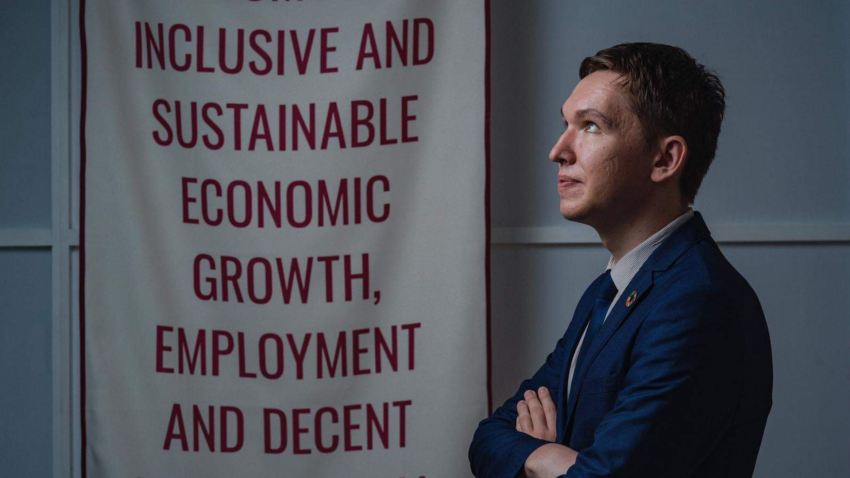The economic effects of the COVID-19 pandemic have had a staggering impact on public budgets and services in many parts of the world, but even more so for poorer countries and highly indebted middle-income nations. For many, fiscal distress compounds already acute vulnerabilities to climate-induced natural disasters, drought and sea-level rise, among other concerns.
It is a tough environment to make choices. Investments in climate action, many of which seem to have a longer-term time frame, can easily decline. The problem is, we need climate action now, because otherwise, the world will not be on track to realize the goals of the Paris Agreement.
While internationally, the Group of 20 has made low-income countries eligible to freeze debt repayments until December, the issue is nowhere near being solved.
Absent an urgent, coordinated international intervention, the risk is that many countries may essentially “default” on their national climate action plans, known as Nationally Determined Contributions or NDCs. Income support, health care and debt servicing will likely take priority – with the last a calculated choice to avoid penalties from markets or bilateral lenders, such as downgraded credit ratings.
Fortunately, we have a solution to negotiate these kinds of complex decisions. Debt-for-nature and debt-for-climate swaps have been legitimate tools in international finance for 30 years, and have recently been again endorsed by the International Monetary Fund (IMF). It was welcome news when the head of the International Monetary Fund pledged to present an option for such instruments by November.
Such mechanisms allow countries in distress to have part of their debts converted into targeted resources for climate action. It means they can sustain investment in climate mitigation and adaptation at a moment when this is needed most. Swaps should apply two strict conditions.
First, they should uphold the NDCs of distressed countries in concrete terms. Second, sovereign lenders should commit to counting such swaps as additional to the $100 billion a year in climate finance that wealthier countries have agreed to provide developing countries under the Paris Agreement. The so-called Paris Club of major creditor countries could initiate this process.
Beyond meeting public finance commitments, another important step would be a roadmap for approaching private lenders on similar arrangements for debt-distressed countries.
While debt-for-climate have been proposed in the past, implementation has never been at the scale required. Yet 2020 showed us that we have the ability to act in ways we could not have previously imagined. It also underlined how much further we have to go, since recovery packages included promising investments in renewable energy, even as $250 billion was wasted on fossil fuel subsidies, and the latest climate science indicated a planet on “red alert”.
In using debt swaps to unleash more resources for climate action, one immediate investment should be in green jobs. These deliver a powerful combination of social, economic and climate returns that can spur sustainable development more broadly. Youth should be a priority for these jobs, given how many have lost a foothold in labour markets during the pandemic, and the commitment of many young people to climate action and work with a purpose. An ambitious commitment to green jobs needs to start now, led by youth. It could, for instance, embrace a goal of creating a billion green jobs for people born after 2000, by 2050.
The pandemic has been a wake-up call for people around the world. We need to invest in our people and our planet, and not just in consumption and the concentration of wealth. Debt-for-climate swaps offer a critical starting point for moving finance in the right directions.
Want more on the issues? See new research and a discussion at the 2021 Spring Meetings of the World Bank and IMF.
Vladislav Kaim is a member of the UN Secretary-General's Youth Advisory Group on Climate Change.



